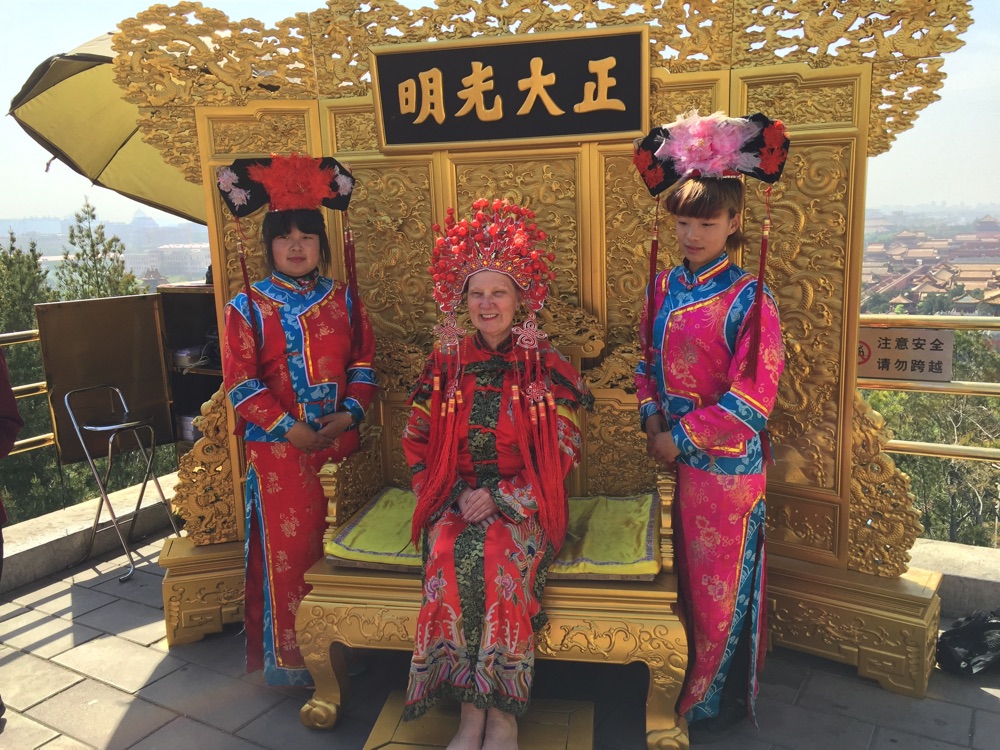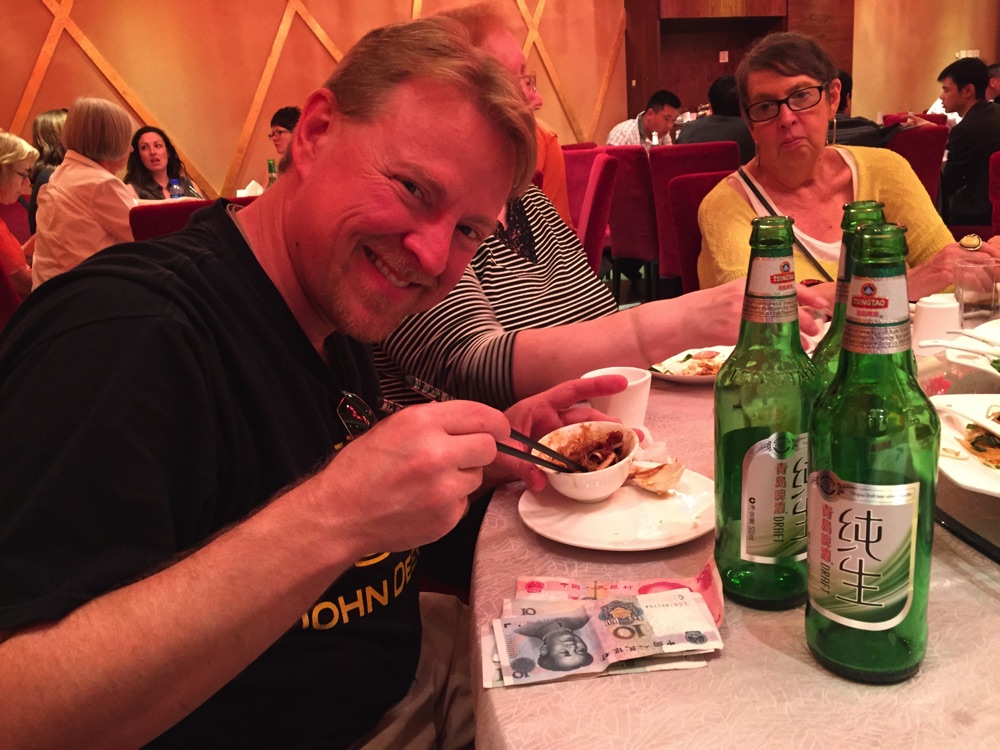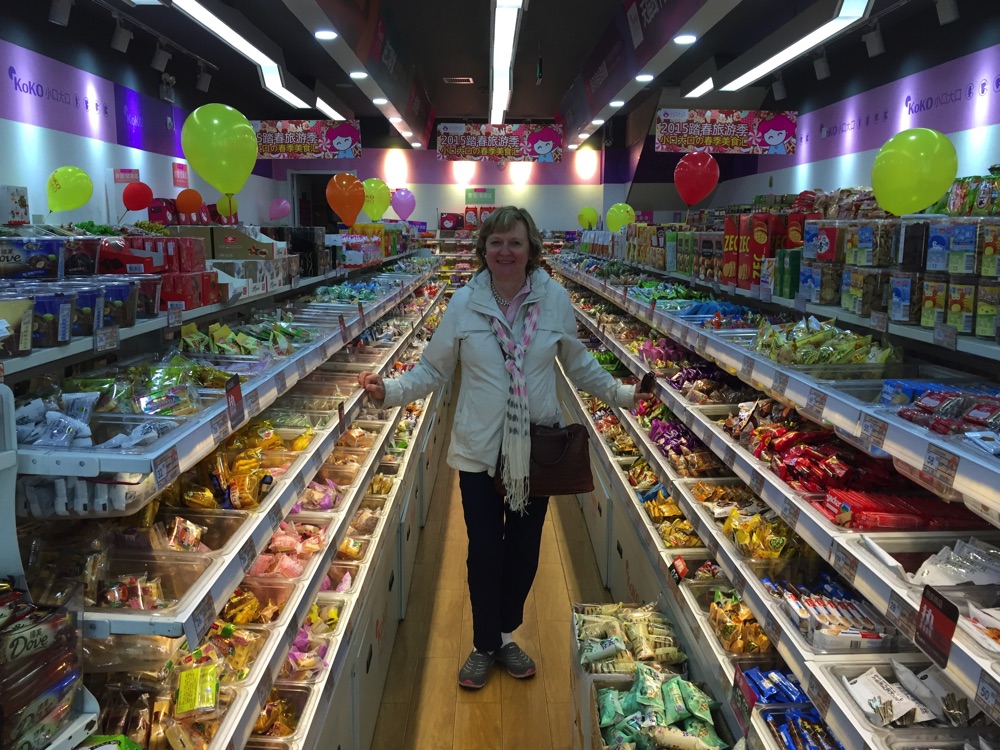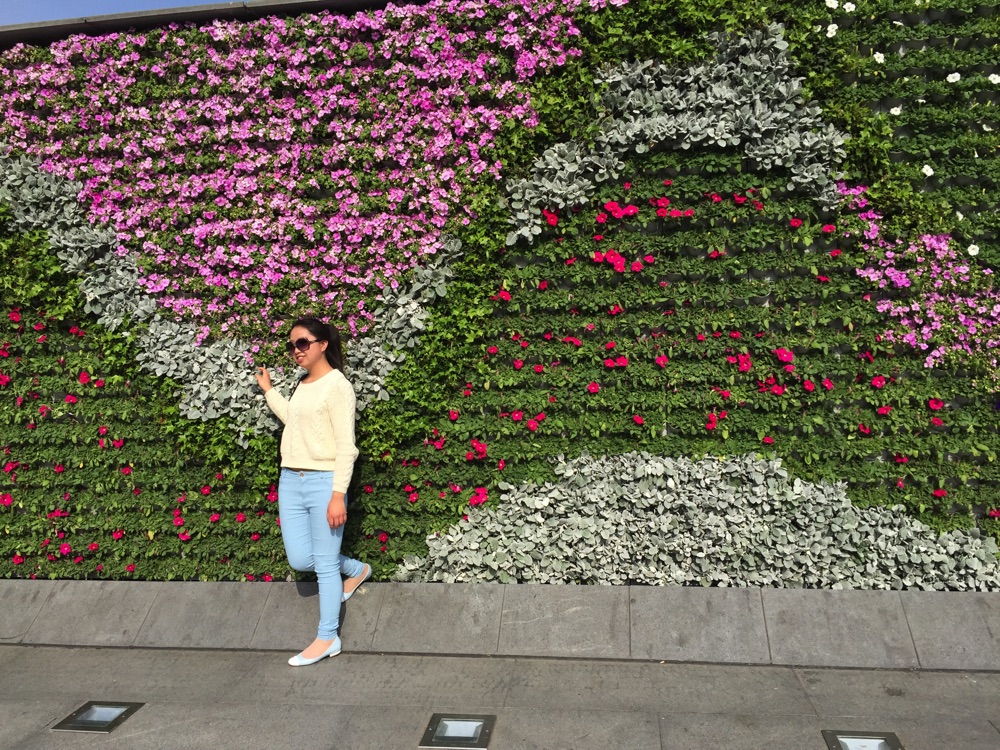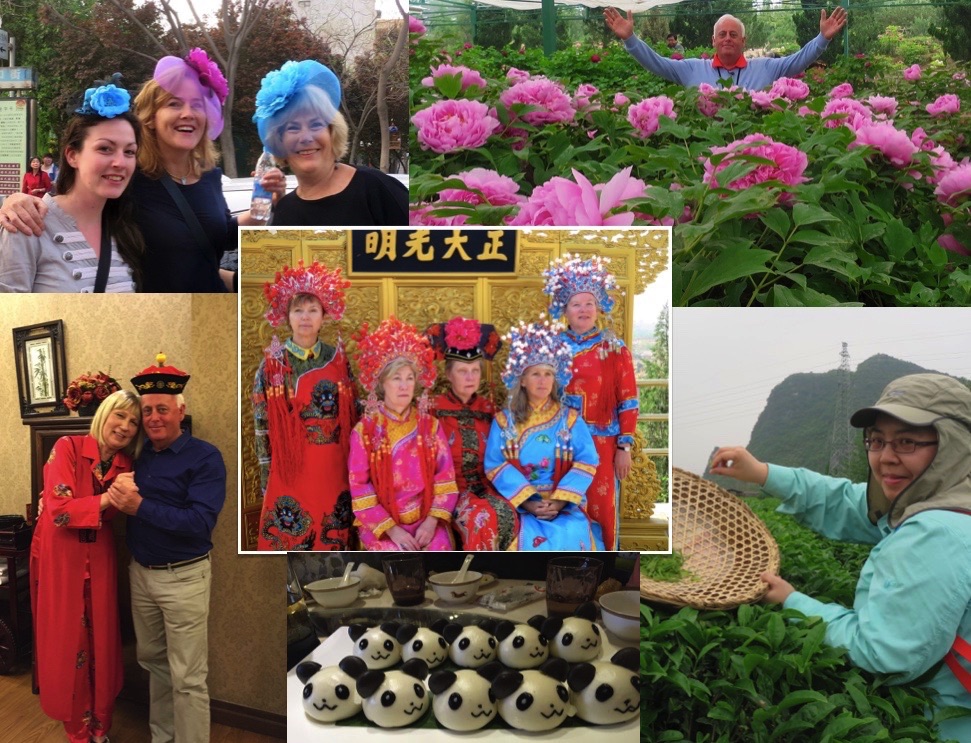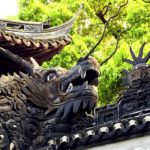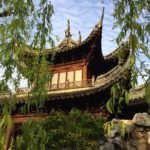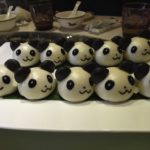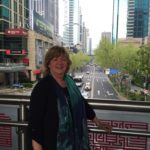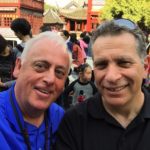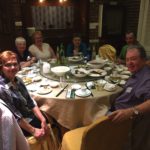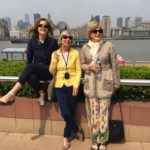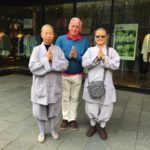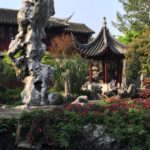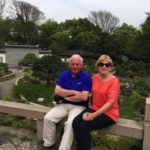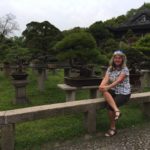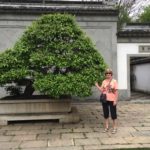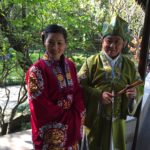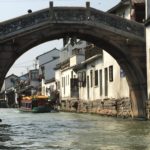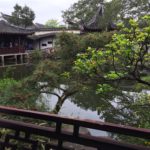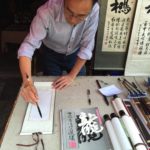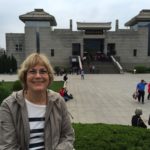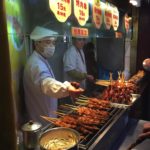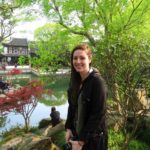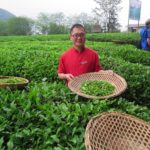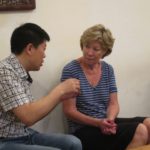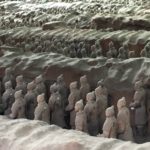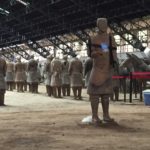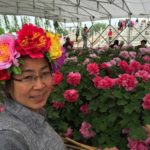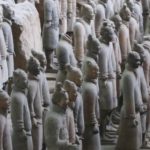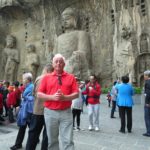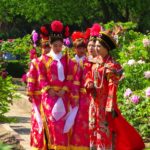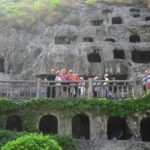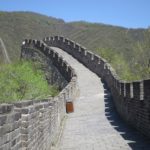In April, 2015, we went to China to lead a 16-day garden/culture tour, from Shanghai to Beijing, stopping on the way to visit Suzhou, Luoyang, Xian and Guilin. This included a boat ride on the Li River, time at the Great Wall, Tiananmen Square, Forbidden City, Terracotta Army and time tasting and picking tea in Guilin.
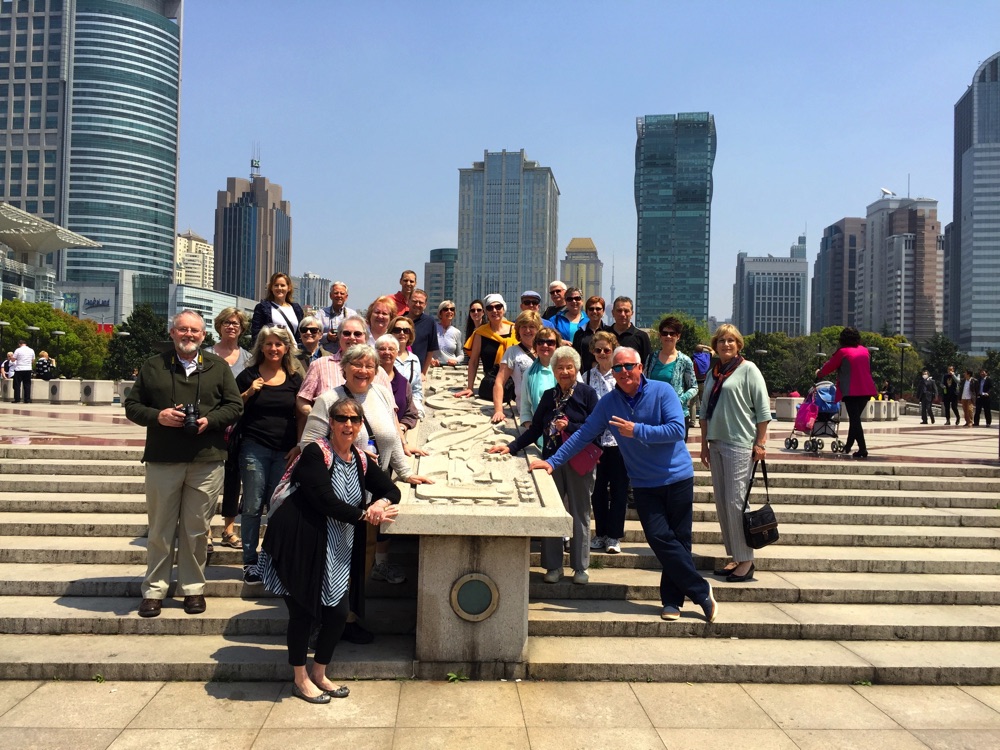
Our adventure began in Shanghai where we first visited the 400-year-old Yu Yuan Garden in the heart of the old town.
This 16th century garden contained a magnificent dragon wall with a giant, snarling, stone dragon head and undulating serpent-like body that rippled in arching waves along the top of the wall from one end of the garden to the other
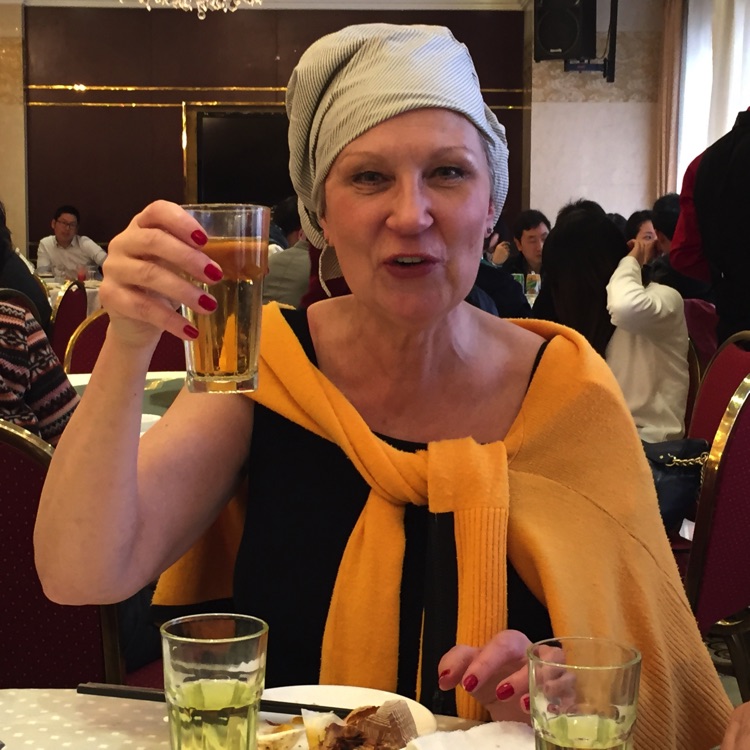
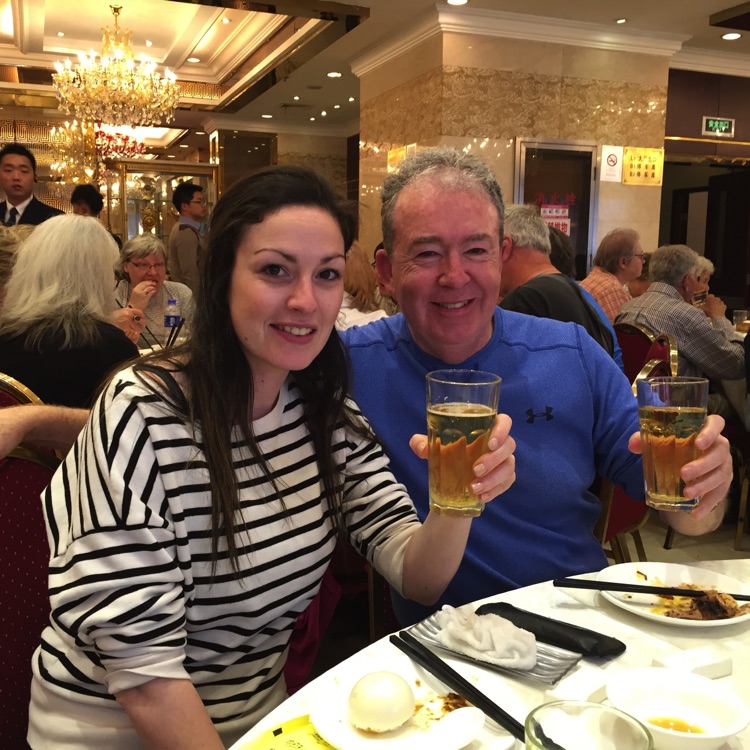
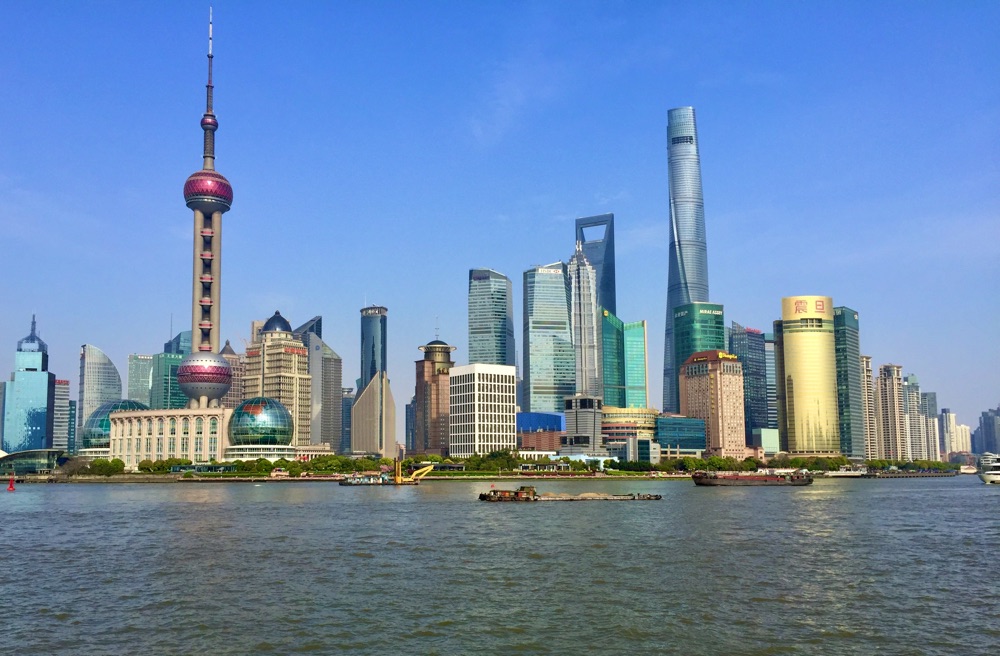
Some experts on Chinese gardens are a little dismissive of the Yu garden, saying it is too much about power, privilege and prestige and lacks the artistic and aesthetic subtlety of the best gardens in Suzhou. But we were impressed by the garden’s beauty, especially the exquisite limestone rockeries, black and white pebbled courtyards, jade coloured ponds and quaint bridging passageways.
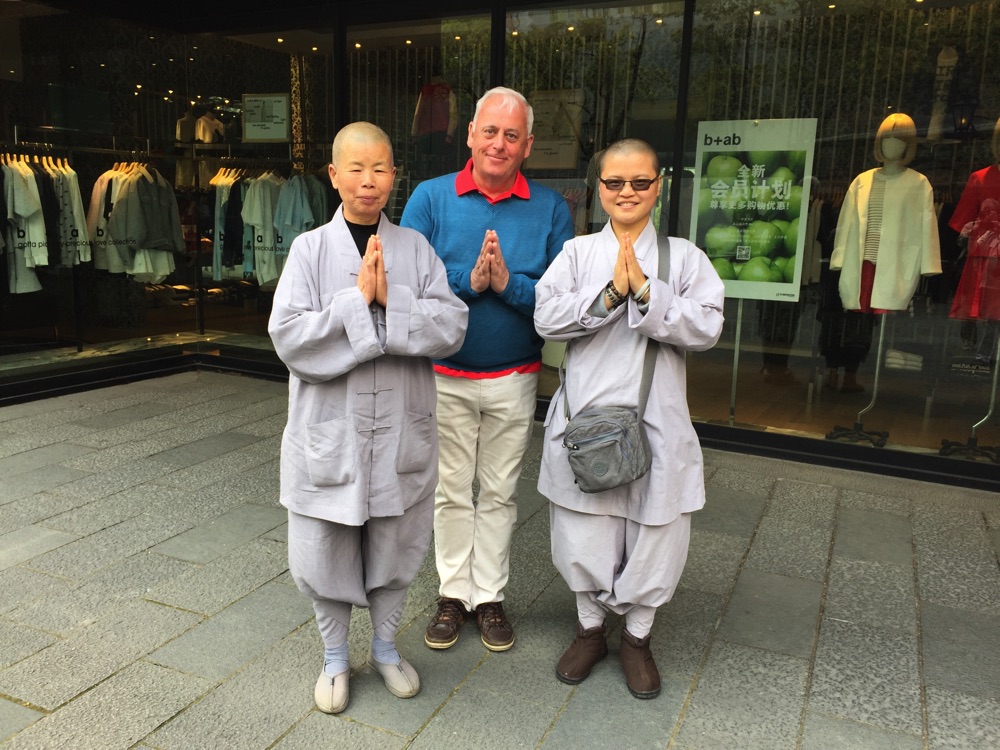
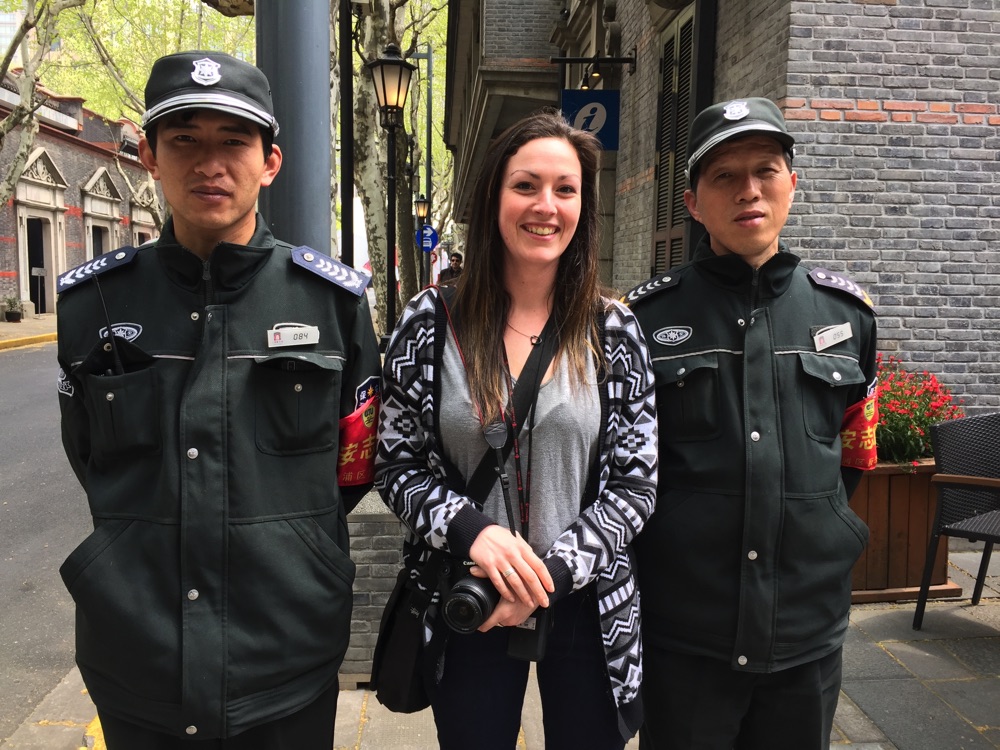
Here, we also saw a 400-year-old ginkgo tree, beautiful vase-shaped doorways cleverly framing views, willow-draped pavilions and sculpted dragons and horsemen decorating rooftops.
In Shanghai we also visited key areas including the Bund overlooking the river and downtown core and the French Quarter, noted for its more European-style streets, shops and architecture.
From Shanghai, we went to Suzhou, sometimes called the Venice of the East because of its lovely network of canals.
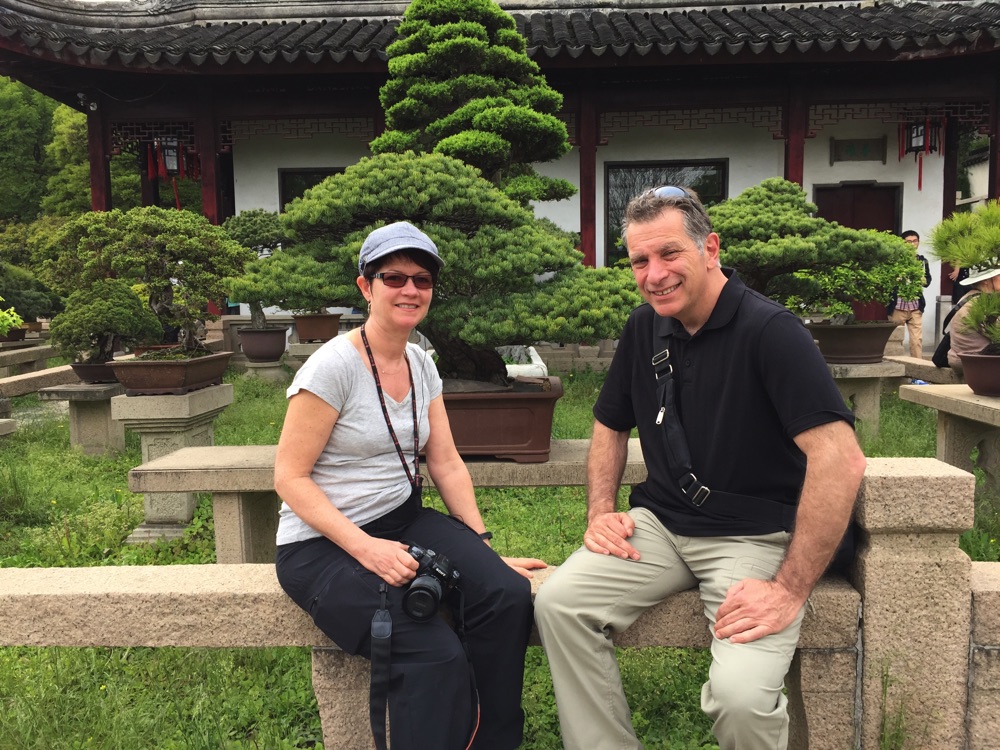
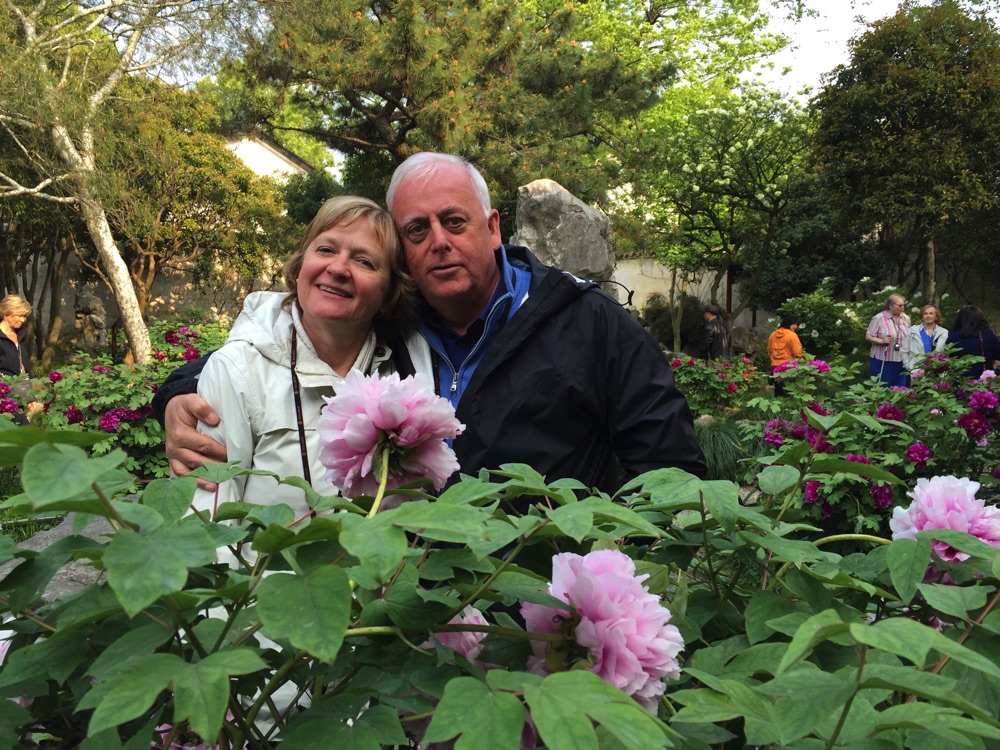
There, we visited more classical Chinese gardens, including the Garden of the Humble Administrator’s, The Lingering Garden and I squeezed in a visit to the Master of the Nets Garden.
The Humble Administrator’s Garden is considered by experts to be the most acclaimed of all Chinese gardens.
It had many beautiful features, including a striking blue glass pavilion, courtyards where trees were lavishly under-planted with ornamental grasses, and ornate wooden lattice windows with a cracked ice pattern that framed views like paintings.
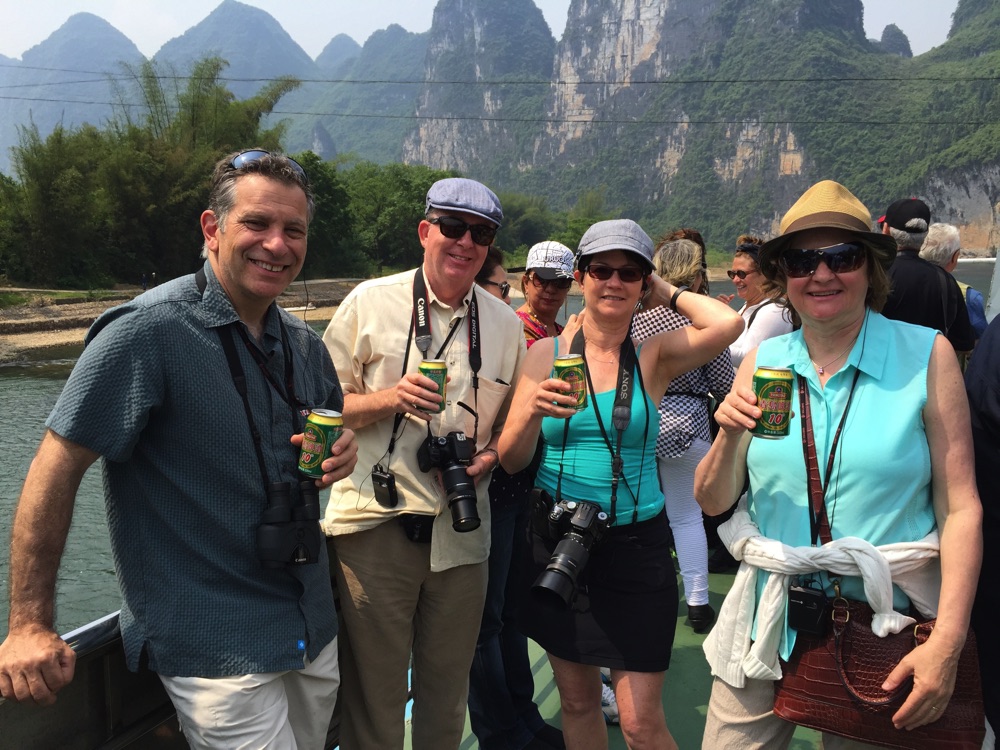
The Lingering Garden had a distinctly more refined, serene, sophisticated atmosphere with its gentle network of paths and passageways that connect everything in a seamless fluidity.
There, we found a splendid bamboo grove that came alive with the merest breath of wind, adding a soothing, rustling sound to the garden.
This was where we also got a good lesson in Chinese garden design that emphasizes the Taoist concept of yin-yang, stressing the juxtaposition between light and dark, rough and smooth and the symbolism of bamboo (strength), willow (flexibility, suppleness), lotus (purity), peony (beauty, rank and status) and pine (self-discipline, longevity).

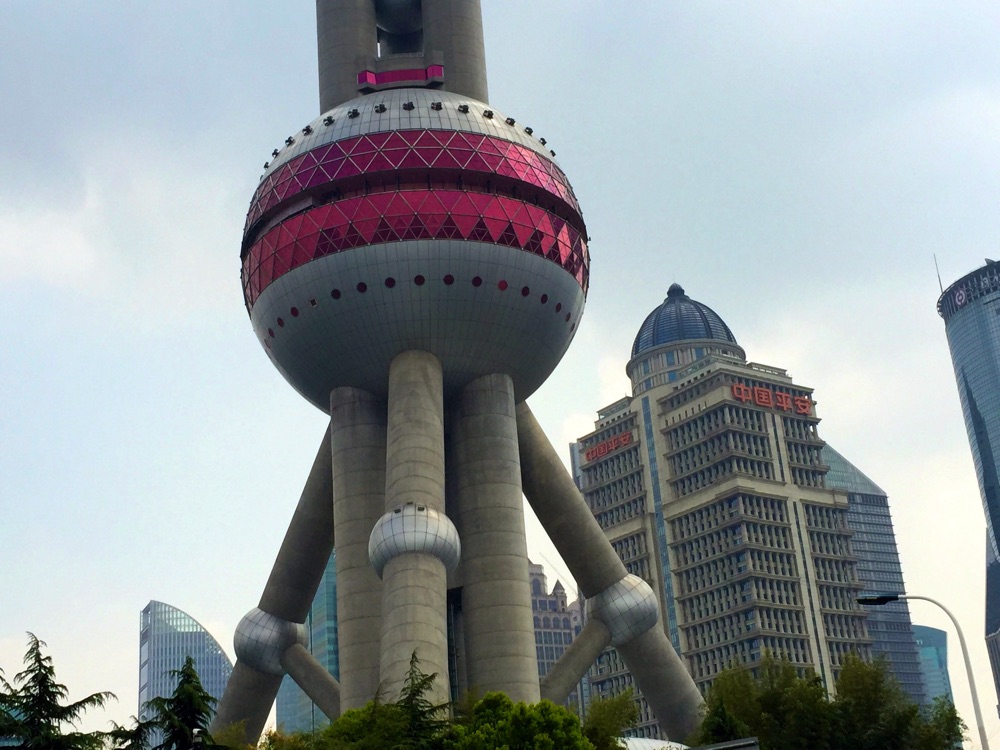
The Lingering Garden was hard to leave; the name was very well chosen. Twisting, turning passages and corridors make it a challenge to find your way out and there is also a superb penjing collection near the exit that holds on to you and begs you not to go.
In the Master of the Nets Garden, the smallest of Suzhou’s classical residential gardens, there were courtyards paved in the pattern of a fisherman’s net.
Before leaving Suzhou, we also took a boat ride through the old canals area and visited Tiger Hill, a picturesque garden district with first-class collection of penjings and seven-storey leaning Yunyan pagoda. We regarded the Tiger Hill area as a beautiful stroll garden.
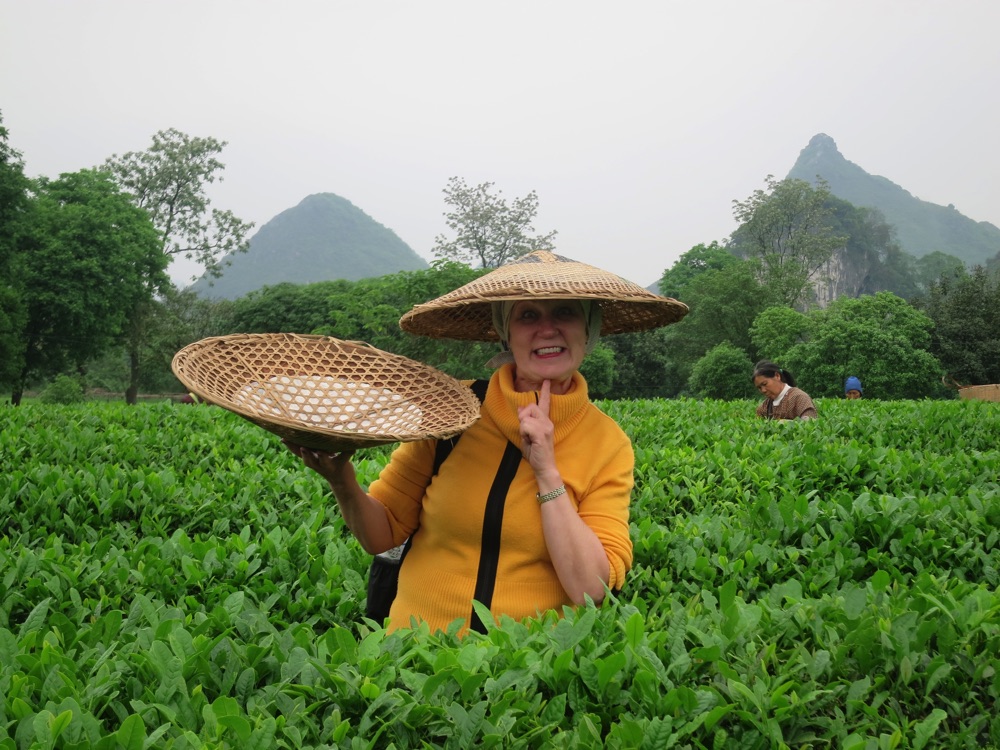
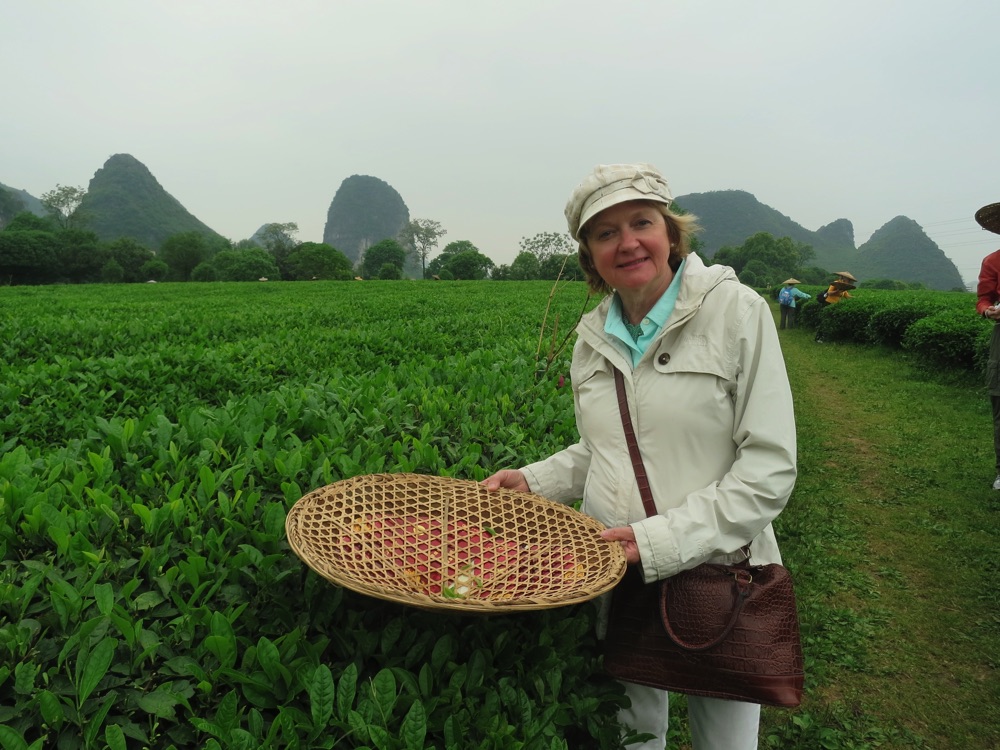
From Suzhou, we went to Guilin where we took a cruise down the Li River to Yangshuo, a stretch noted for breathtaking scenery that captured the hearts and imaginations of poets and painters over the centuries.
In Guilin, we also went to a tea farm where we got to try our hand at picking tea leaves and we also got a lesson in tasting tea and how to properly prepare it.
From Guilin, we next went to Xian, mainly to see the Terracotta Warriors exhibit. Here, some of our group enjoyed a bike ride around the city wall while others spent time shopping.

From Xian, we took the bullet train to Luoyang, the peony capital of the country in Henan Province, where we went to Wangcheng Park to see a spectacular peony festival.
There, we saw hundreds of peonies in bloom, a display unequalled anywhere in the world. The garden, covering more than 40 hectares, was said to be home to more than 800,000 tree peonies.
While in Louyang, we also visited the Longmen Grottoes where we saw some of the finest examples of Chinese Buddhist art.
Thousands of statues of Shakyamuni Buddha and his disciples are located in a place by the river, 12 kilometres south of the city.
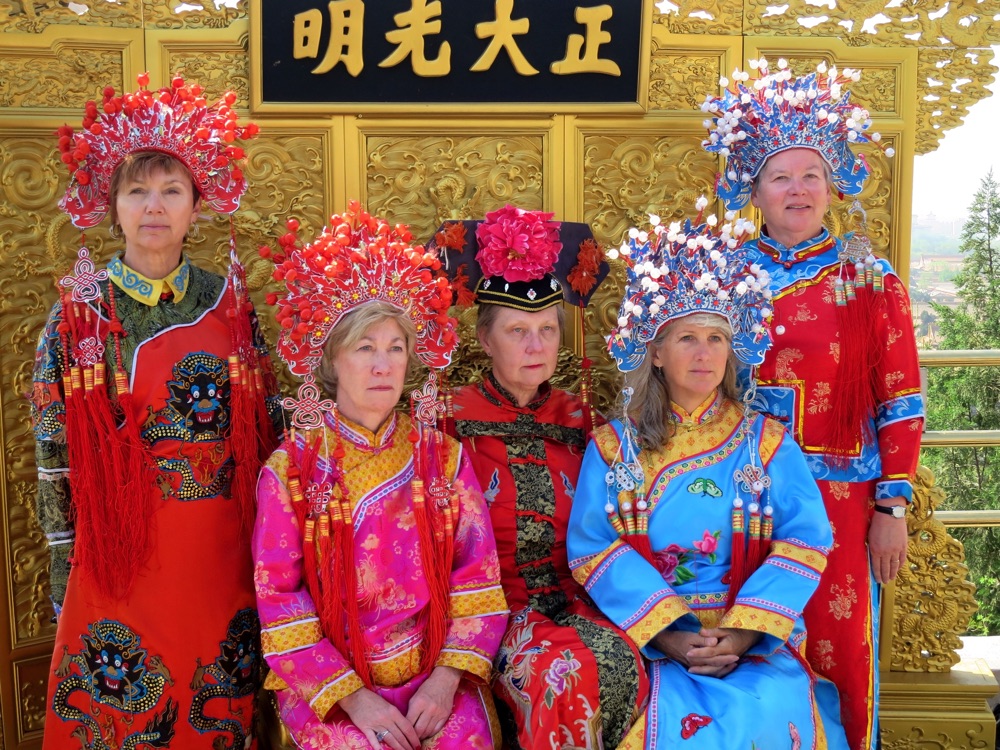
From Louyang, we again took the 300 km an hour bullet train to Beijing from where we travelled to the Great Wall. We also spent time in the city visiting Tiananmen Square and The Forbidden City plus the Pearl Market.
This tour was a hectic, colourful, and at times noisy, bustling assault on the senses, but as we moved from place to place, it was always a thrilling experience, full of insights and discoveries from start to finish. We were particularly impressed by the quality of the hotels we stayed in, easily as good as the best in North America.
swhysall@hotmail.com
